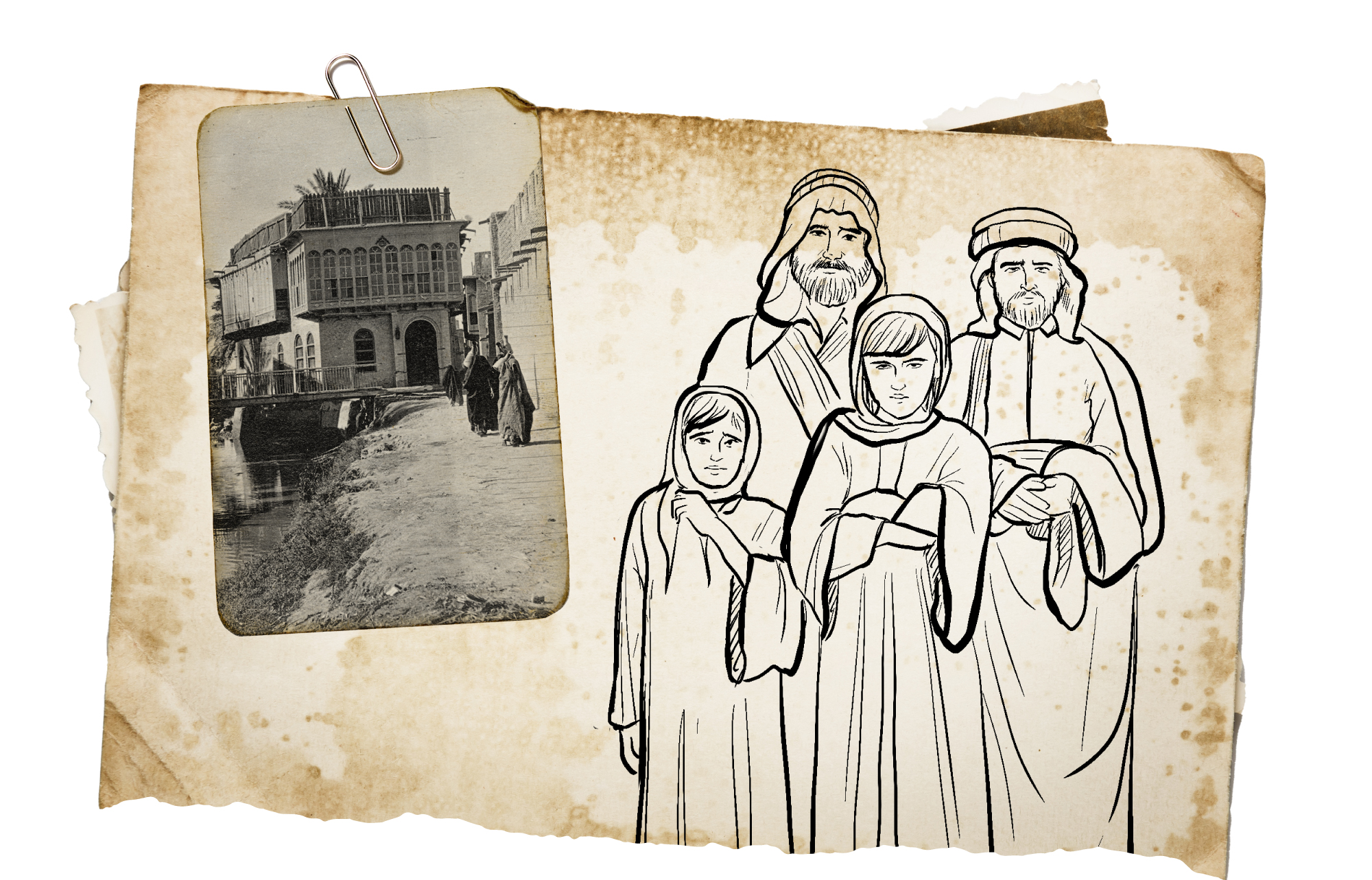
The Persians worked to obliterate the Arab identity of Al-Ahwaz
Arabistan underwent a systematic process of Persianism in order to distort its ethnic structure
It has become a given that the Iranian mullahs’ strategy aims to achieve two seemingly contradictory basic goals, but they are capable of coexistence and mixing according to the perception of the Iranian political decision-maker. The first goal is based on the victory of the Persian race and its valorization and fortification (the purity of the Aryan race). As for the second goal, it is expansion at the expense of other ethnicities, and then working to erase the original race in favor of the “new race”.
Monitoring Iranian activity in the regions or countries that the Persians have subjugated to their influence shows that Tehran’s politicians are continuing to implement this strategy, with varying levels of implementation according to the complexities of each political and social environment separately.
The entry of countries such as Syria, Iraq, Lebanon and Yemen under the influence of Iran does not mean that there are no resistance movements to the Persian presence there, although the first attempts to change the ethnic environment and demographic structure have actually begun in these countries. On the other hand, the Arab region of Al-Ahwaz was subjected to a systematic Persianism process that tried to distort the ethnic structure there and eliminate the Arab component by trying to obliterate the Arab identity by using a malicious racist policy that Iran has worked hard to implement for nearly a century.
In this context, Al-Ahwaz remained a constant target in the strategy of the mullahs, who were waiting for some subjective and objective conditions to be created to subject Al-Ahwaz to the Iranian occupation. If the internal conditions paved the way for the Iranians to control Al-Ahwaz, the external conditions contributed to this fate, especially with the emergence of Reza Khan, that leader with ultra-nationalist tendency who intended to annex every part passed by the Persian armies to his country, so Arabistan was an easy victim of his ideas.
Whoever monitors the development of political events in the region will be certain that the subjugation of Al-Ahwaz on the one hand and the three Emirati islands on the other hand to the Iranian occupation has changed the balance of power in the region. If we have explained the strategic importance of the Emirati islands, Arabistan is no less important than it if we consider its demographic importance (with more than 12 million people) as well as its importance in the field of energy (85% of Iran’s energy needs come from Al-Ahwaz). We can add to this that Arabistan supplies Iran with more than 75% of its electricity needs, without talking about other materials such as wheat and dates.
The strategic importance of Al-Ahwaz is no less than the three occupied Emirati islands.

It can be said that the independence of Al-Ahwaz from Iran is a terrifying nightmare for the mullahs, given the aforementioned details. Perhaps it is obvious to extrapolate the catastrophic economic changes to Iran without Al-Ahwaz region, as it will turn into a very normal country after some influencers in the American decision-making classified it as an important “geopolitical axis” that must be strengthened and supported to confront Chinese expansion.
The Persians despised the Arabic language and considered it a strange component to Iran. Even Khomeini, who studied fifteen years in Iraq and mastered the sciences of the Arabic language, preferred Persian language over Arabic language. The Ahwazi repeat the story of a delegation visiting Iran to congratulate Khomeini on the success of the revolution, but when they spoke to him in Arabic, he became angry and answered them in Persian: You are Iranians and you do not have the right to speak another language. He requested an interpreter despite his good knowledge of Arabic.
In this regard, Tehran developed a precise strategy for the Persianism of the region. Firstly, it changed the name of the region from Arabistan to Khuzestan in order to obliterate the Arab character of it. The Persians also changed the names of cities, villages, neighborhoods, streets, rivers, mountains, and sites by naming them with new Persian names, despite the absence of any Persian source or names to these regions until the occupation of Al-Ahwaz in (1925 AD).
In order to further obliterate the Arab identity of Al-Ahwaz, the Iranian cabinet decided to cancel education in the Arabic language, close private Arab schools, and prevent speaking or giving speeches in Arabic language on all occasions. This procedure included all the lands of Al-Ahwaz. The Iranian government also prevented translation from and into the Arabic language in the courts, and thus placed the biggest obstacle in front of the Arab citizen in Al-Ahwaz to guarantee his rights in the courts.
Through what has been explained above, I agree with what Dr. Talal Al-Turaifi said. He mentioned that “Al-Ahwaz (the occupied) is an issue that is no less important than any other Arab issue for the Arab world. Unfortunately, this issue was forgotten in periods of modern and contemporary history due to other Arab issues, and the media did not give it the required importance as a main Arab issue”.
The Ahwazi issue should be the issue of all Arabs on the grounds that it is independent and has its own rights. The return of these rights to their owners will have positive repercussions and will change the political and strategic power in the region.


- Ibrahim Al-Obeidi, Al-Ahwaz: A Stolen Arab Land (Baghdad: Dar Al-Hurriya, 1980).
- Khairallah Talfah, Al-Ahwaz Arab region (Baghdad: Dar Al-Hurriya, 1982).
- Abd Al-Karim Al-Jubouri, an English traveler writes about the Arabism of Al-Ahwaz, Al-Dustour Magazine, Issue. 26, London (1981).
- Mustafa Al-Najjar, The Political History of the Arab Emirate of Arabistan 1897-1925 AD (Cairo: Dar Al-Maaref, 1970).

